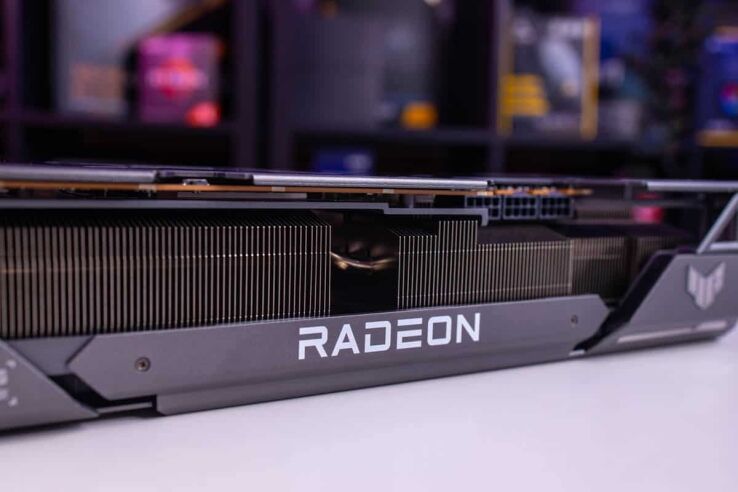VR GPU requirements
As you look to experience gaming in a new way, you may ask what the requirements are in fact

WePC is reader-supported. When you buy through links on our site, we may earn an affiliate commission. Prices subject to change. Learn more
Virtual reality (VR) requires a powerful graphics processing unit (GPU) in order to offer an immersive and spherical experience. The GPU renders the 3D environment in real-time, so having an efficient GPU is necessary for the speedy rendering of graphics with accurate colors.
When considering GPU requirements for VR, several factors come into play: display resolution, refresh rate, environment complexity, and the number of objects in the scene. Generally speaking, higher resolution and refresh rates necessitate more powerful graphics cards in order to deliver an immersive experience.
When it comes to VR headsets, the minimum GPU requirements vary by model. For example, Oculus Rift S requires either an NVIDIA GTX 1060 or AMD Radeon RX 480 GPU, while Valve Index suggests either an NVIDIA GTX 1070 or AMD Radeon RX Vega 56.
However, these are only minimum requirements, and for optimal performance, a more powerful GPU is recommended. Examples include the RTX 3080 or AMD Radeon RX 6800 XT, two of the current top GPUs capable of providing smooth and immersive experiences at high resolutions and refresh rates.
In addition to the GPU, other components like the CPU, memory, and storage also contribute to VR performance. A powerful CPU is essential for handling overall system demands, while adequate memory and storage ensure that users can comfortably enjoy VR environments.
GPU Boost can offer a significant performance boost in many applications, especially graphics-intensive ones such as gaming, 3D rendering, and video editing. It’s an invaluable tool for optimizing Nvidia graphics card performance while guaranteeing they operate safely and stably.
VR requires a powerful GPU in order to provide an immersive and smooth experience. The minimum GPU requirements vary depending on the headset used; however, for optimal results, higher GPU specifications are recommended. Other components like the CPU, memory and storage also affect VR performance and should be taken into account when designing your VR system.